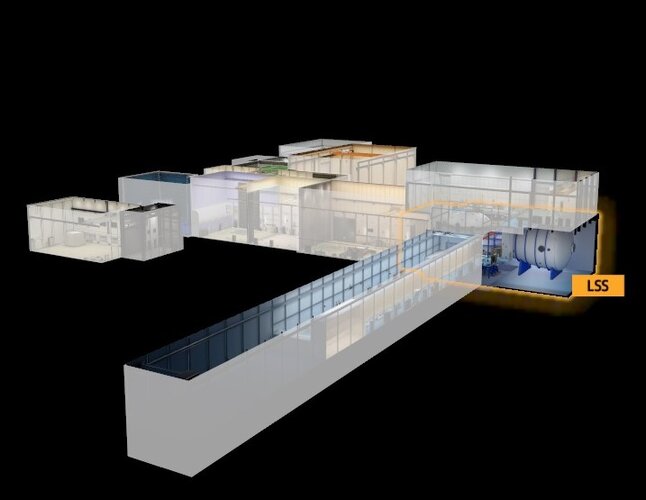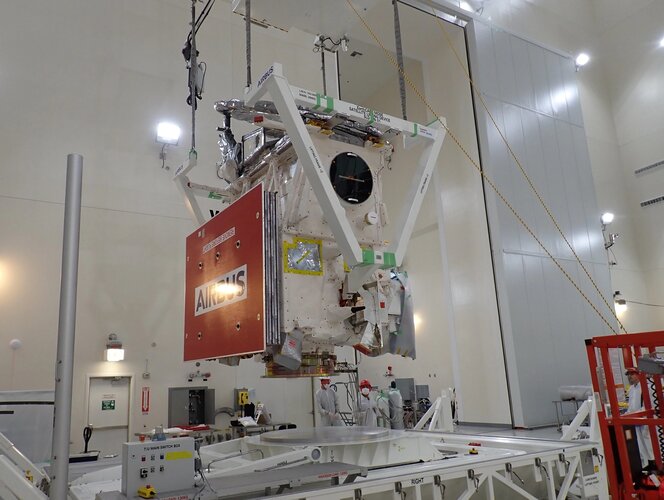ESA - Top Multimedia News
| The European Space Agency (ESA) is Europe’s gateway to space. Its mission is to shape the development of Europe’s space capability and ensure that investment in space continues to deliver benefits to the citizens of Europe and the world. | |||||||||||||||||
|






 Feed
Feed Scan with QR Code Reader
Scan with QR Code Reader mobi
mobi




 Virtual tour of ESA’s Test Centre
Virtual tour of ESA’s Test Centre Mars Inca City
Mars Inca City 
 Photo of total solar eclipse
Photo of total solar eclipse  The eponymous NGC 3783
The eponymous NGC 3783 Earth from Space: The Mekong Delta
Earth from Space: The Mekong Delta 
 Dubai floods seen from space
Dubai floods seen from space  Hoisting EarthCARE from the base of its container
Hoisting EarthCARE from the base of its container Planetary defenders assemble!
Planetary defenders assemble!  Hidden in a dark cloud
Hidden in a dark cloud This Copernicus Sentinel-2 image shows the delta of the Ebro River on the northeast coast of Spain.
This Copernicus Sentinel-2 image shows the delta of the Ebro River on the northeast coast of Spain. 